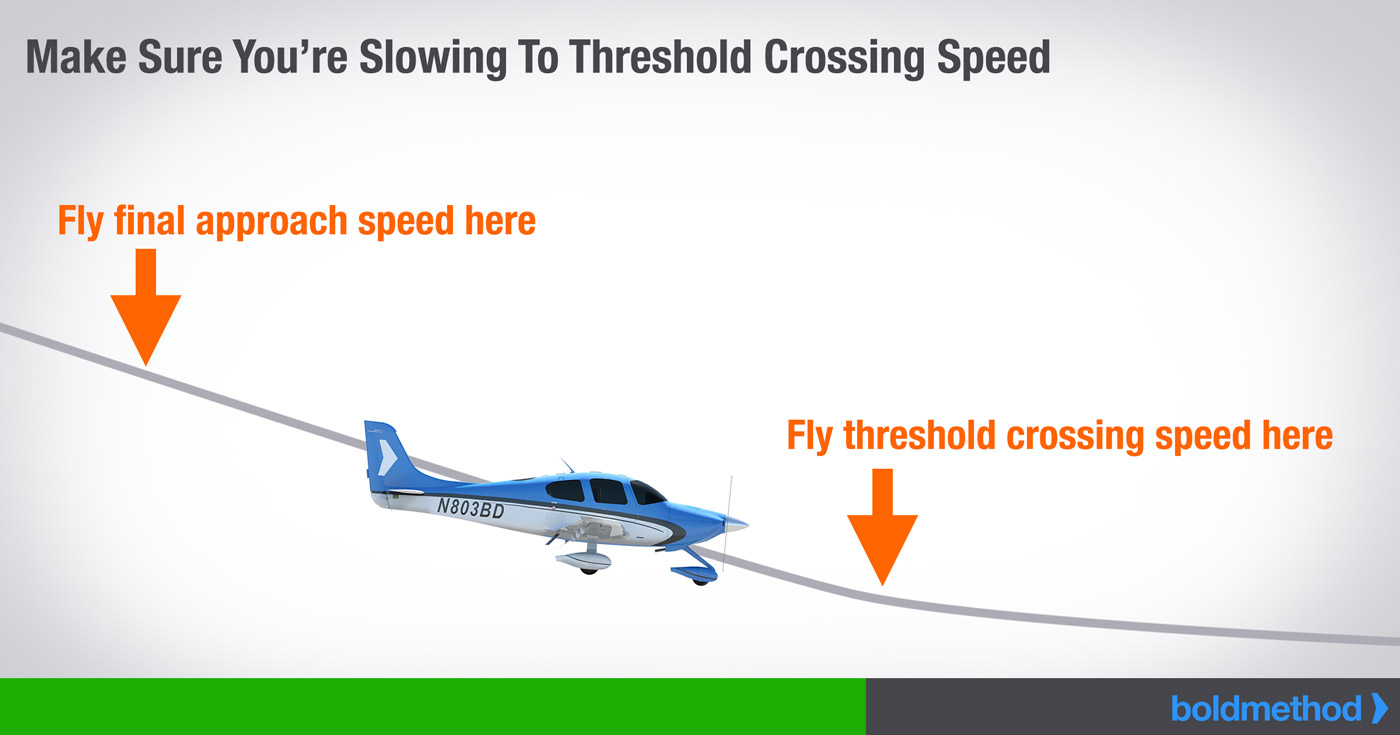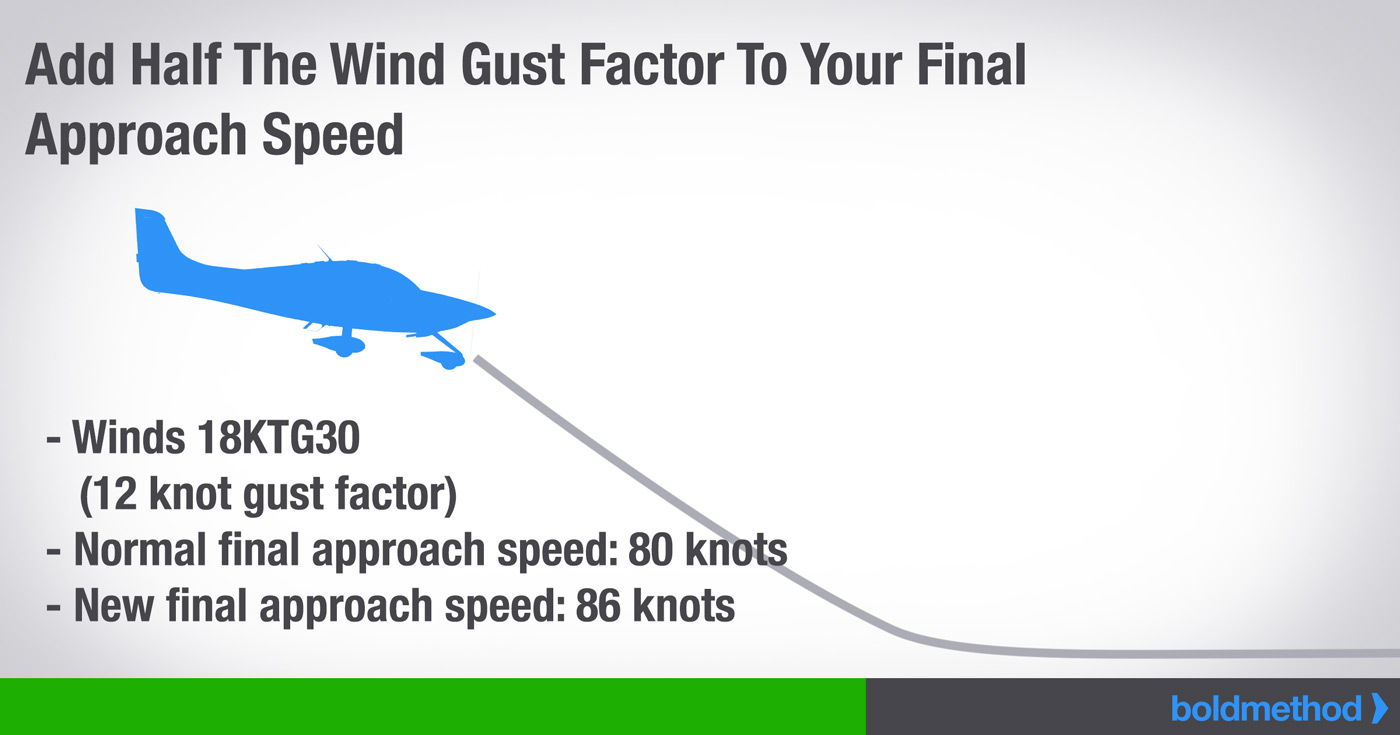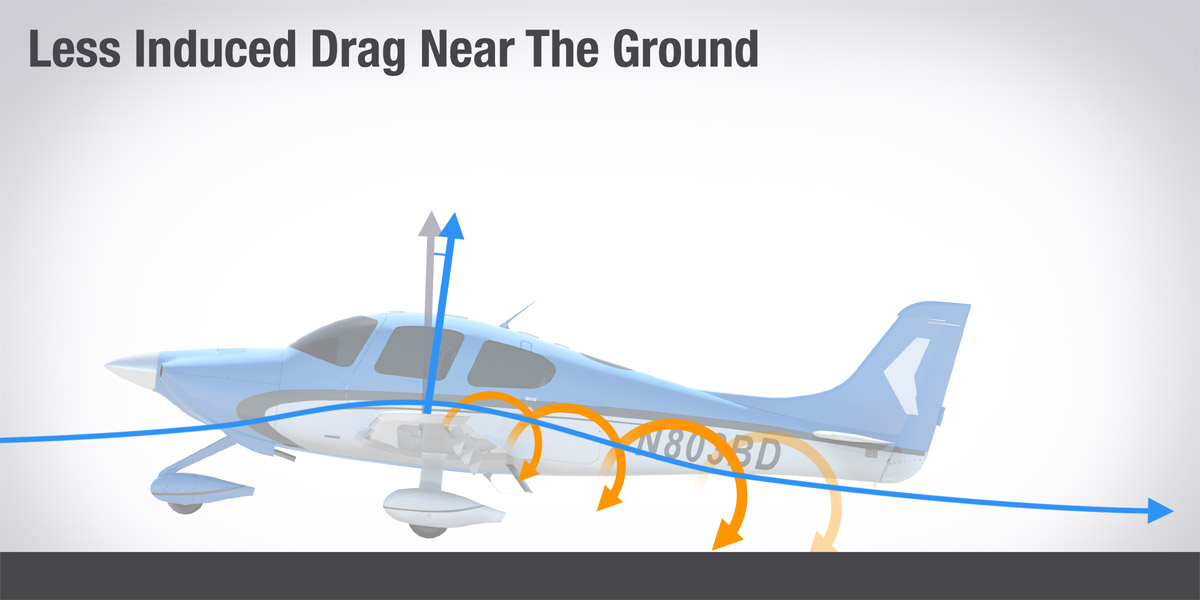
..........................................................................................................................................................
What's The Difference Between Approach
Speed And Threshold Crossing Speed?
By Swayne Martin
If you don't fly the
right speeds on final, you can miss your touchdown point by hundreds of feet,
every time. Here's what you need to know...
Flying Your Approach
The term
"approach speed" can be slightly misleading. It's not the speed
you'll fly all the way to the runway.
Instead, think of
your final approach as three stages of speed changes. Following this model will
give you the best speed control for nailing your touchdown point:
Final Approach Speed
Slowing To Threshold
Crossing Speed
Slowing During Your
Flare
How Approach Speed Is
Calculated
How fast should you
fly on final? Most aircraft flight manuals recommend a speed.
However, if your
manufacturer doesn't list a final speed in their flight manual, the FAA
recommends that you fly 1.3 x Vso (stall speed in a landing configuration).
For a couple
examples, the C172S POH recommends 60-70 knots with full flaps for a final
approach speed.
As for the Cirrus
SR22T, they recommend 80-85 knots on final, and 79 knots crossing the
threshold.
Stabilize Your
Approach As Early As Possible
As you turn final,
set pitch and power for your final approach speed, and stabilize your descent
to the runway.
If you're constantly
changing throttle settings to adjust altitude and airspeed, you might want to
consider going around to try again.
A good rule of thumb
for light, single-engine piston airplanes is to check that you're flying a
stable approach at least 200 feet above the ground.
Are you flying the
correct approach speed, configured, on centerline, with minimal power changes,
and a normal sink rate?
Slowing To Threshold
Crossing Speed
Now that you're
stabilized on final approach speed and glidepath, you need to prepare for your
next phase of the landing: threshold crossing speed.
Once you have no
doubt that you'll make the runway, just before the threshold, slowly begin
reducing the throttle.
Not all aircraft
manufacturers have a recommend threshold crossing speed, but as a
rule-of-thumb, it should usually be around 5 knots slower than your final
approach speed in a light aircraft.
As you cross the
threshold, keep reducing throttle, and start your transition to flare by slowly
pitching up.
Technique for how and
where to reduce power can change dramatically based upon each different type of
airplane you fly.
The best way to hone
your skills in your plane is to go out and practice!
Continue Slowing In
The Flare
As you reach the
final stage of speed change during your flare, you should be continually
slowing the aircraft.
In many single-engine
piston airplanes, you'll be at idle power during the flare.
Your goal is to touch
down just a few knots above stall speed.
With just a few knots
of airspeed to lose, you'll give yourself the best shot at nailing your
touchdown point by being on-speed in the flare.
If you continue
descending to the runway close to approach speed, the extra knots of speed will
be hard to bleed off during the flare because of ground effect.
Exception: Gusty
Winds
You'll fly a faster
approach speed than recommended with strong, gusting winds.
Adding half of the
gust factor to your final approach speed will ensure you're flying well above
stall speed if you encounter wind shear. That's a good thing.
Because of this, you
may also want to consider flying a faster threshold crossing speed and flare
speed.
The extra knots of airspeed
will give your flight controls more effectiveness, helping with crosswind
control.
What do you think?
How do you slow down on short final? Tell us in the comments below.
Take The Next Step...
Do you have a perfect
takeoff and landing every time? Neither do we. That's why we built our
Mastering Takeoffs and Landings online course.
You'll learn
strategies, tactics and fundamental principles that you can use on your next
flight, and just about any takeoff or landing scenario you could imagine.
Even better, the
course is full of tools you can come back to throughout your flying career.
Become
a better pilot.
Subscribe
to the Boldmethod email and get real-world flying tips and information direct
to your inbox, every week.
Swayne
Martin
Swayne
is an editor at Boldmethod, certified flight instructor, and an Embraer 145
First Officer for a regional airline. He graduated as an aviation major from
the University of North Dakota in 2018, holds a PIC Type Rating for Cessna
Citation Jets (CE-525), and is a former pilot for Mokulele Airlines. He's the
author of articles, quizzes and lists on Boldmethod every week. You can reach
Swayne at swayne@boldmethod.com, and follow his flying adventures on his
YouTube Channel.






No comments:
Post a Comment